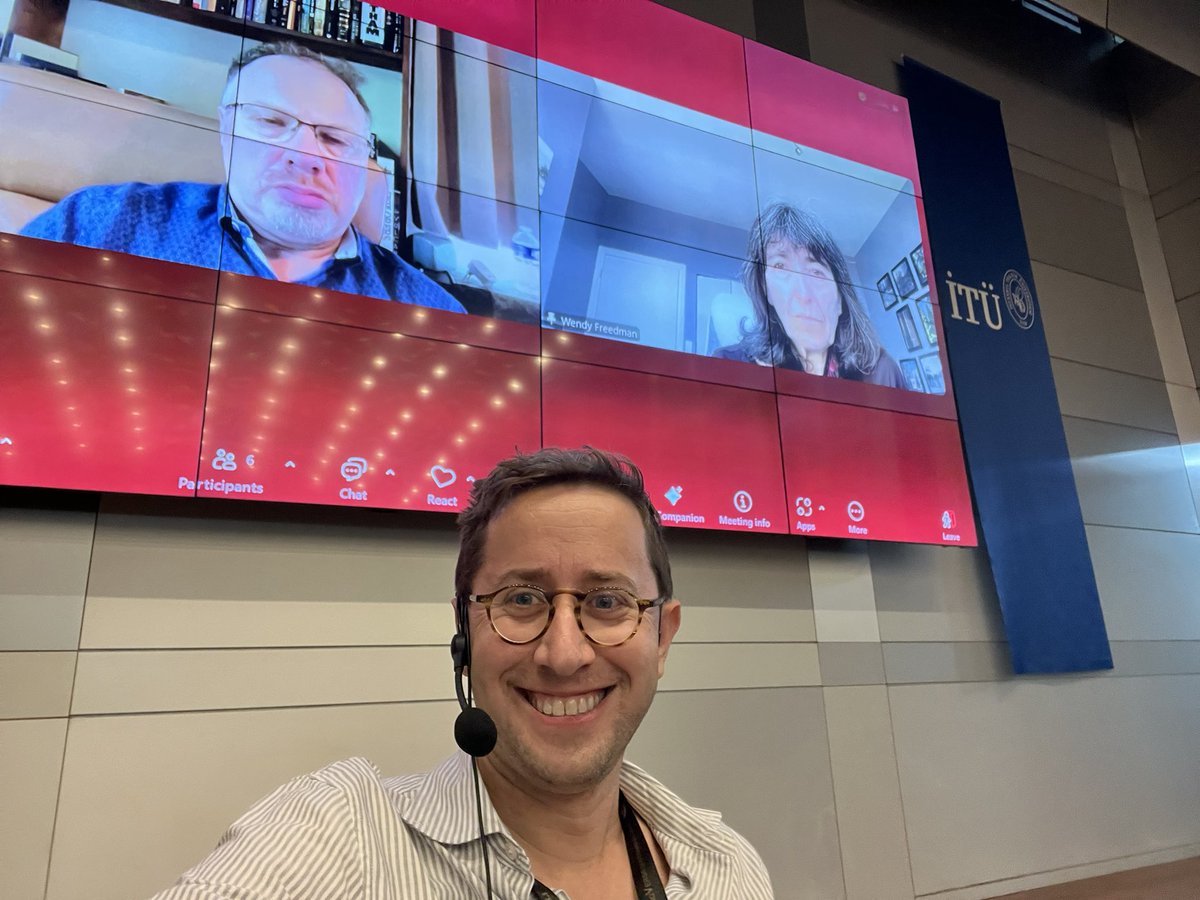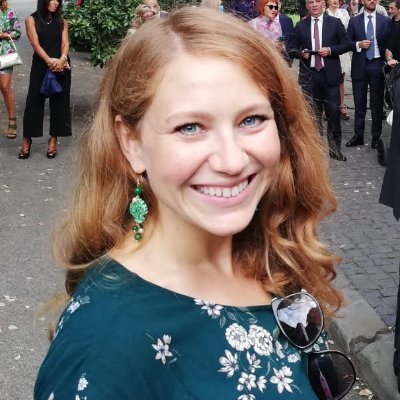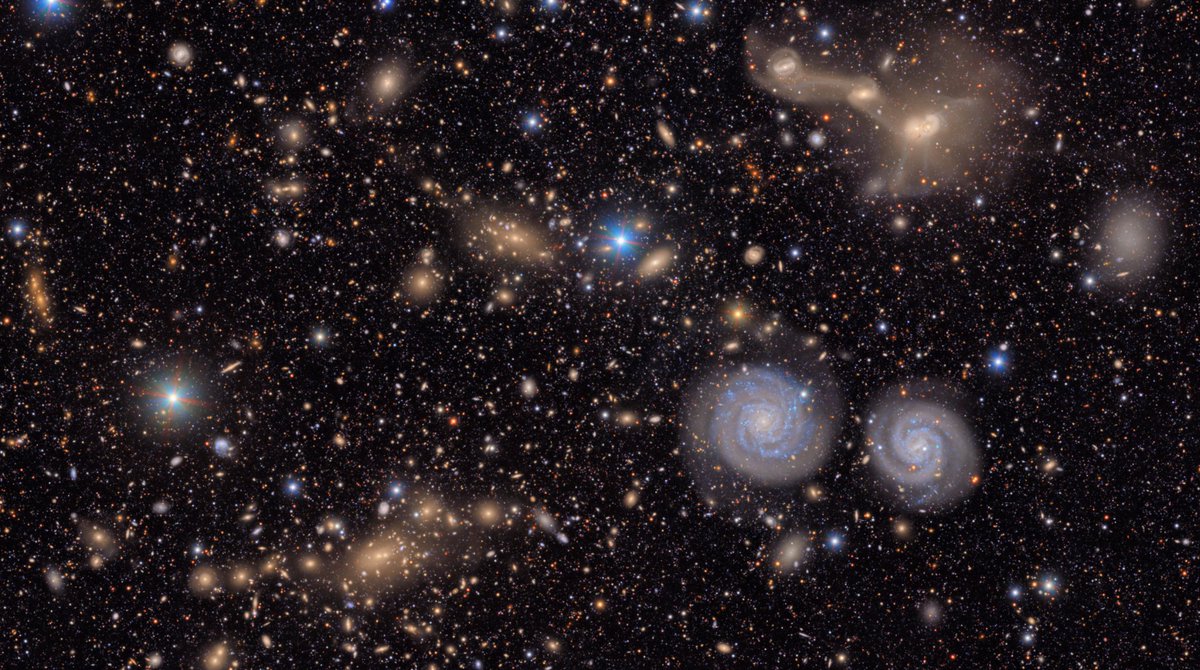
Dan Scolnic
@DScol
Followers
2K
Following
3K
Media
182
Statuses
1K
I'm a dad; I’m a professor doing cosmology at Duke U. and I have some opinions about basketball.
Joined May 2009
It begins.
Introducing. your sneak peek at the cosmos captured by @NSF–@doescience Vera C. Rubin Observatory!. Can you guess what regions of sky they are?. This is just a peek. join us at 11am US EDT for your full First Look at how Rubin will #CaptureTheCosmos!.
0
0
6
RT @StartsWithABang: Is the Hubble tension a real problem?. #AskEthan. Famed astronomer Wendy Freedman claims (including in an interview wi….
0
8
0
A number of new supernova papers, both for current datasets and @NASARoman, out on arXiv last few nights. Interesting to see limitations of current datasets on measuring dark energy, and how Roman can help. A 🧵.
1
2
10









